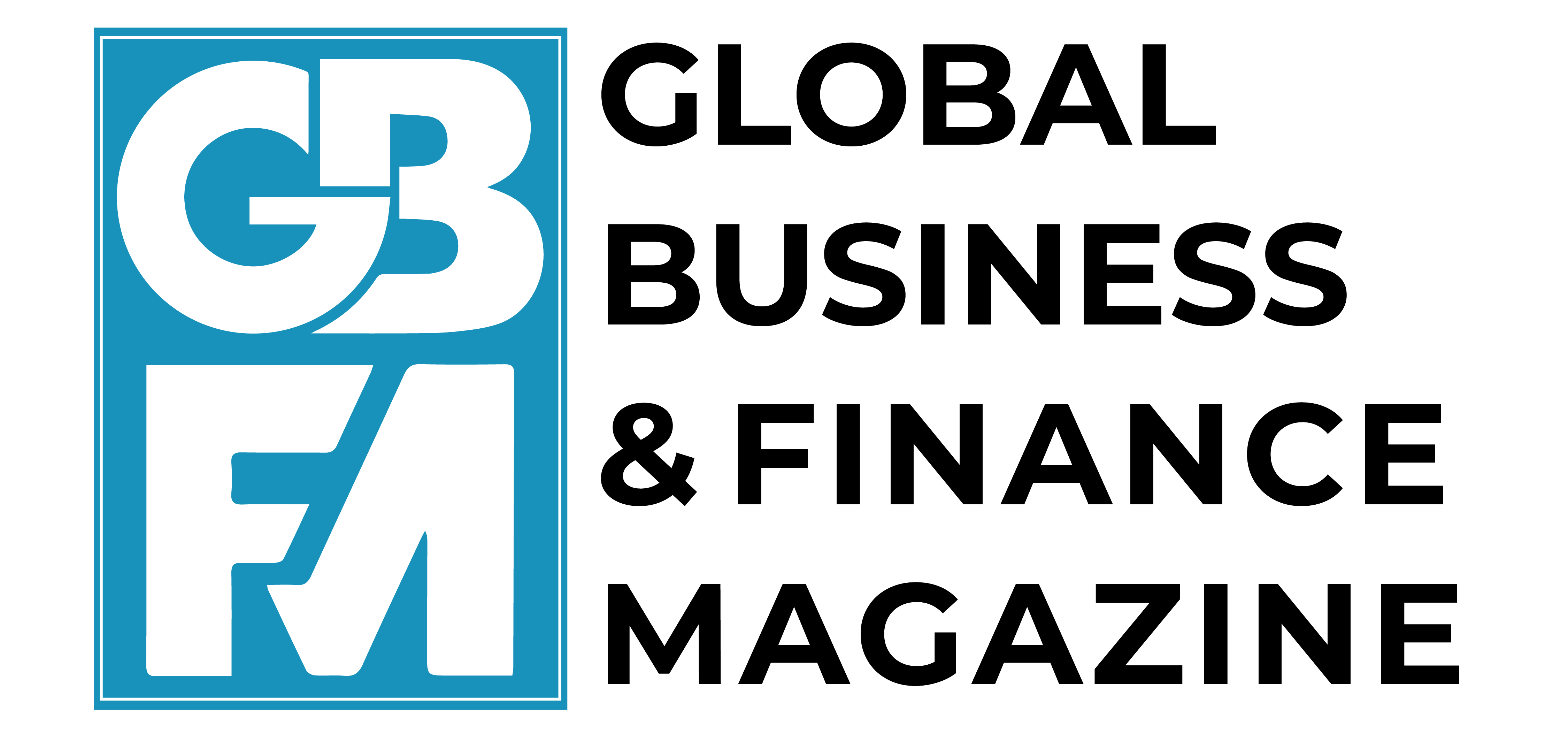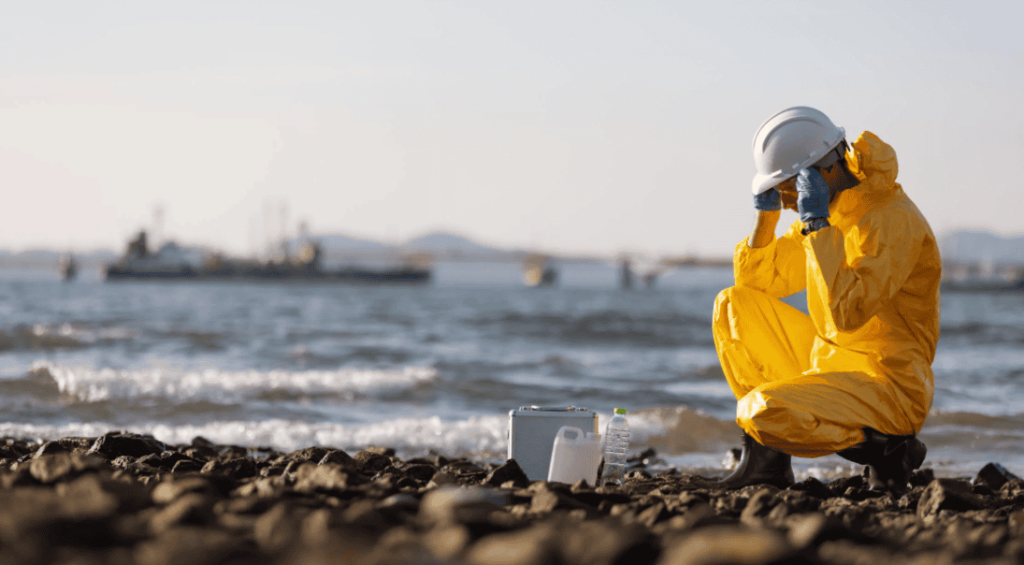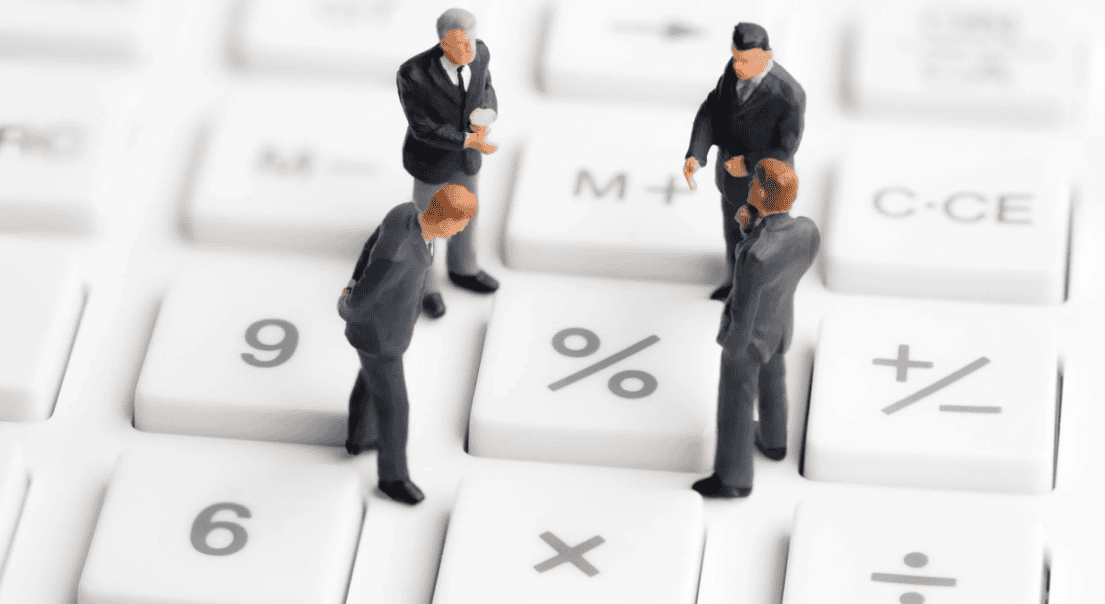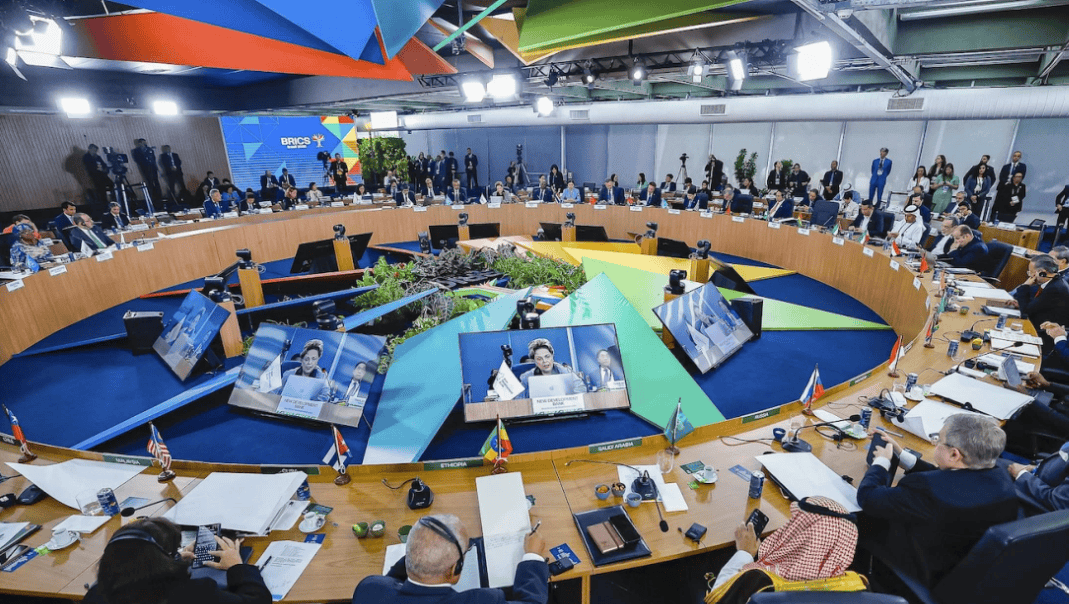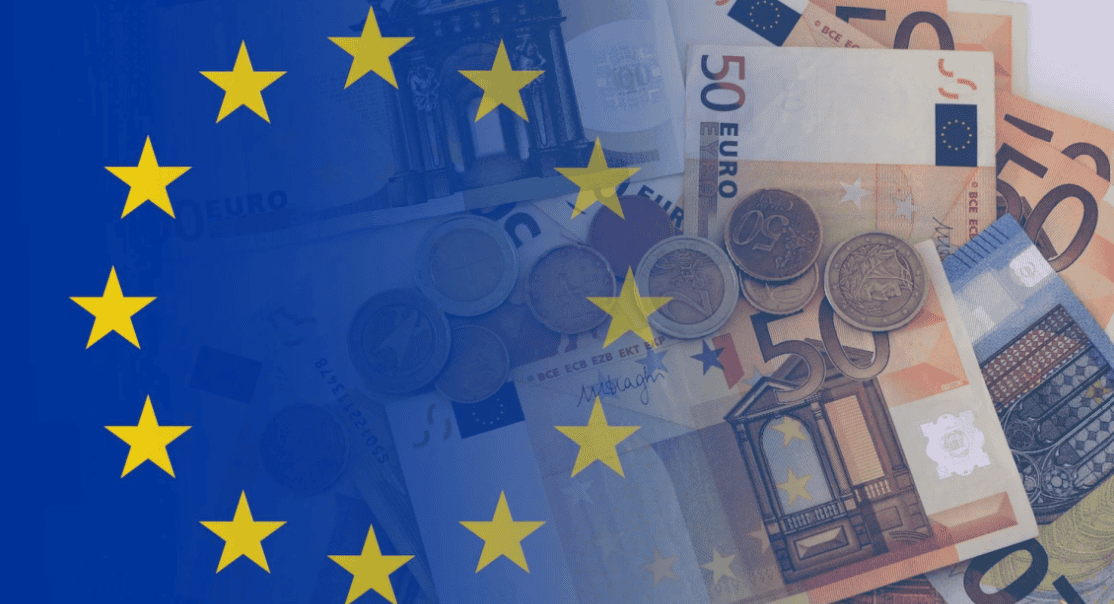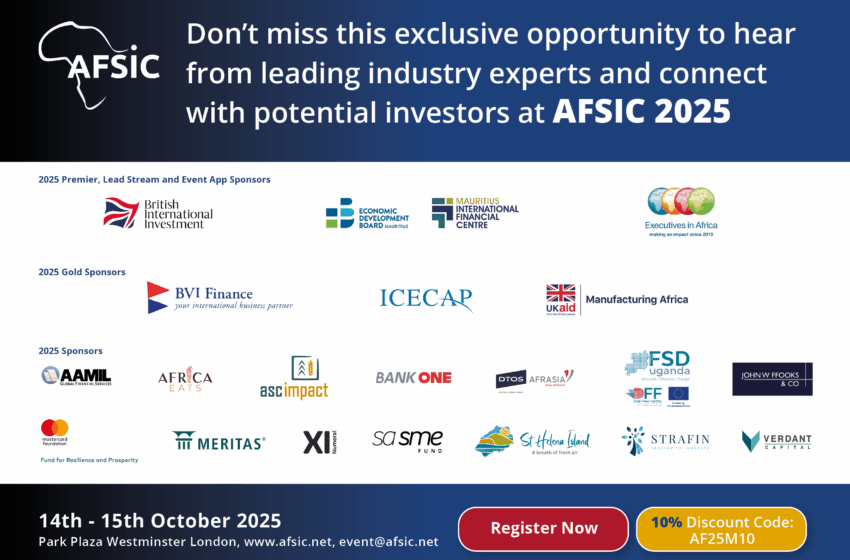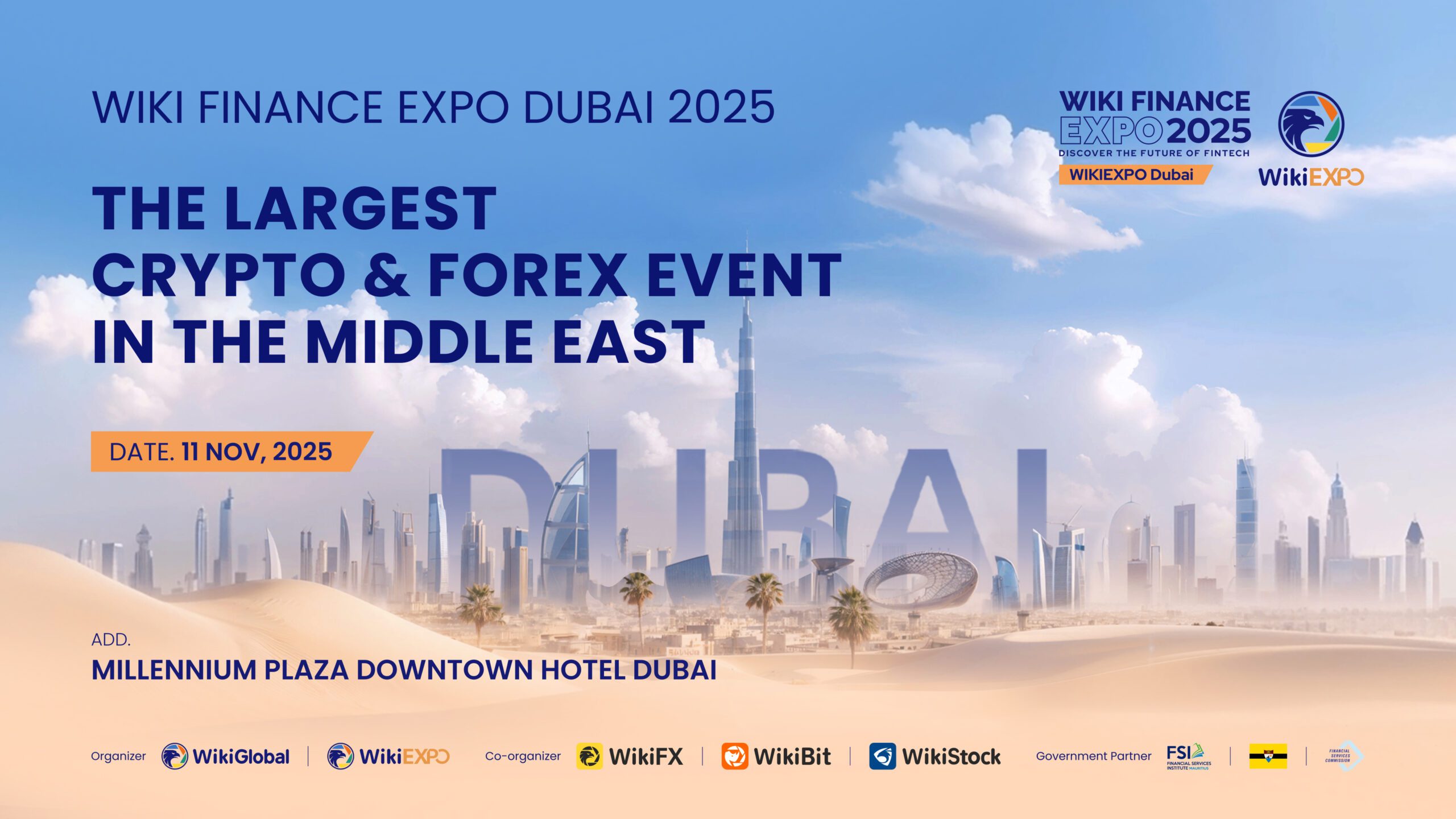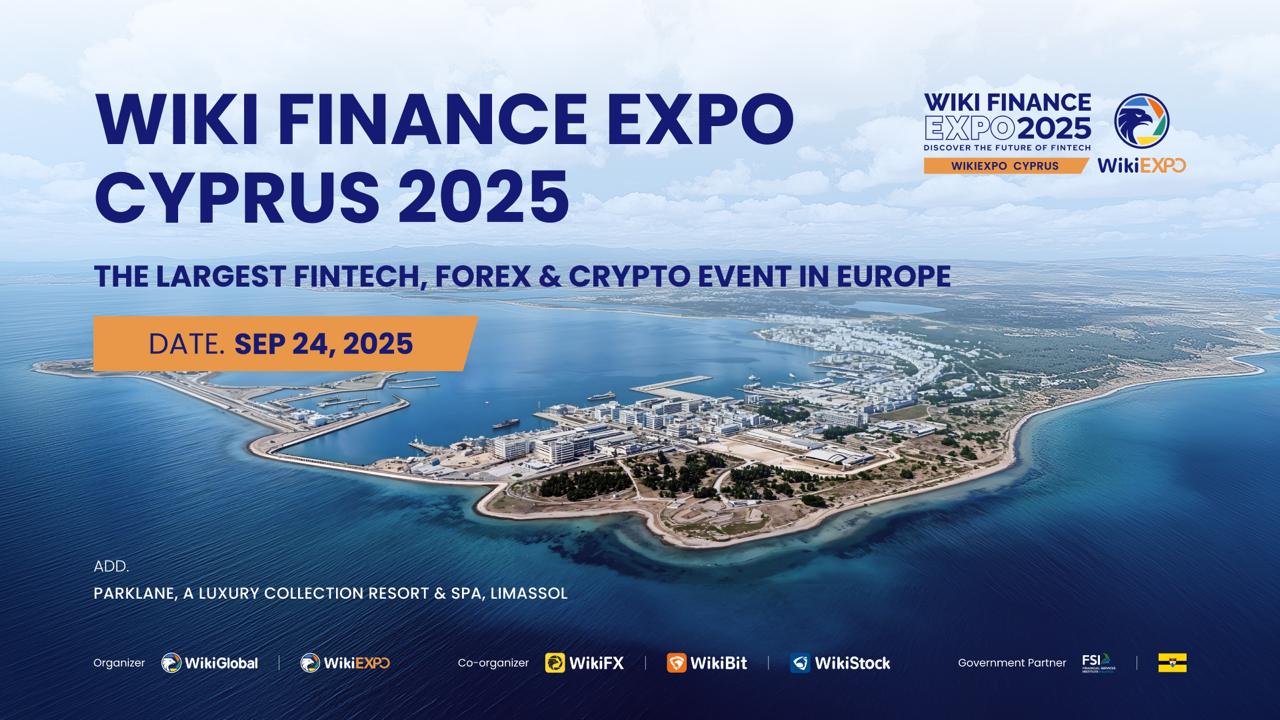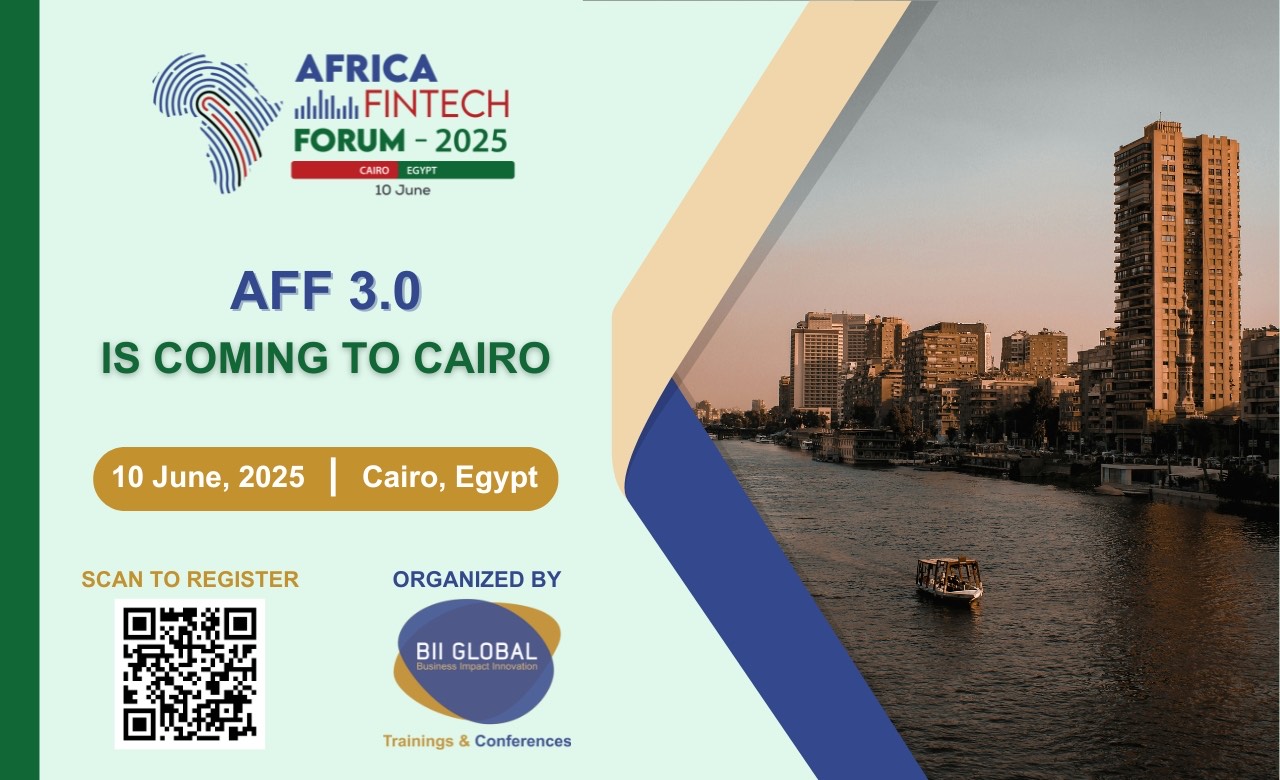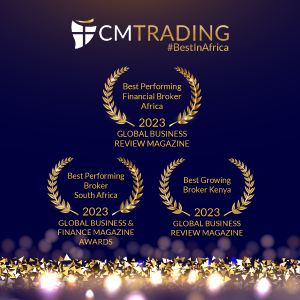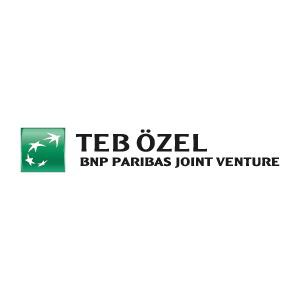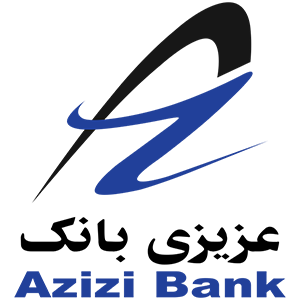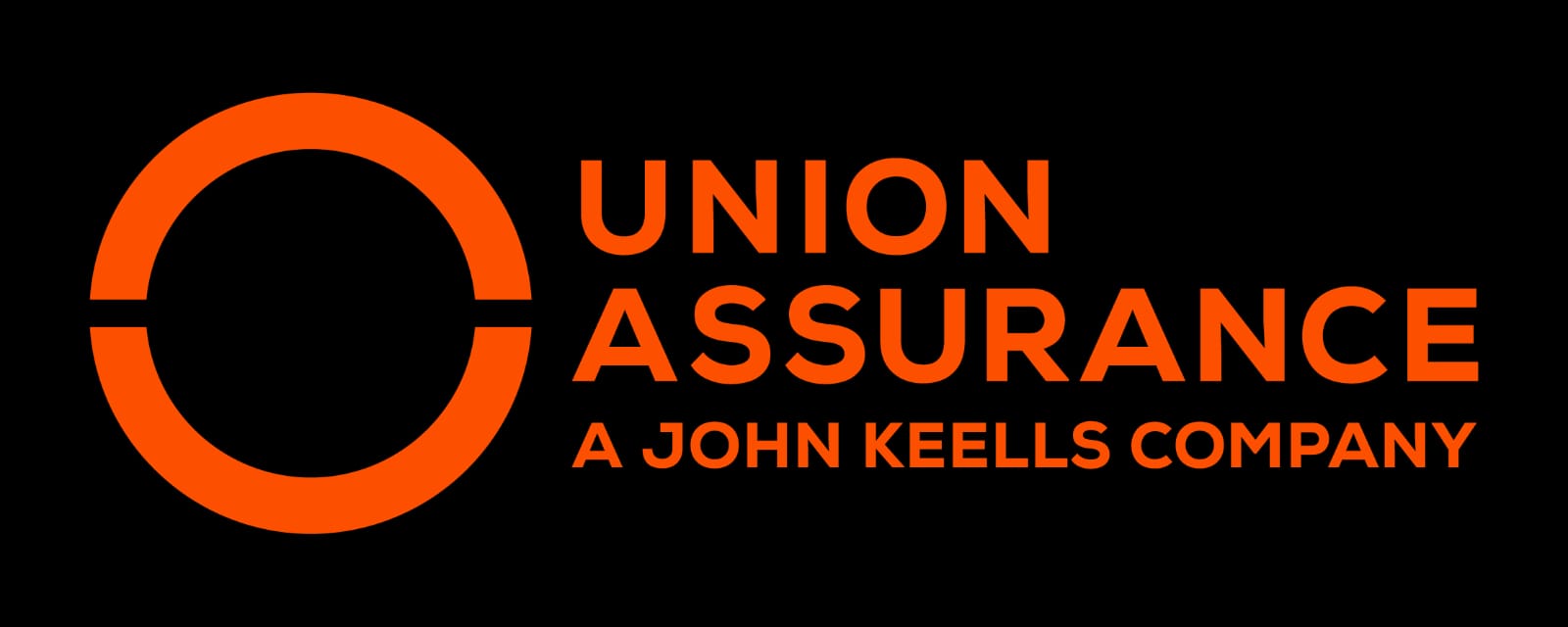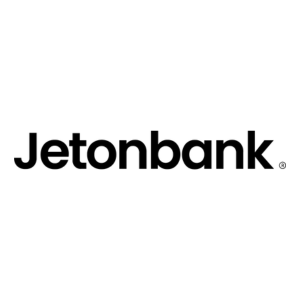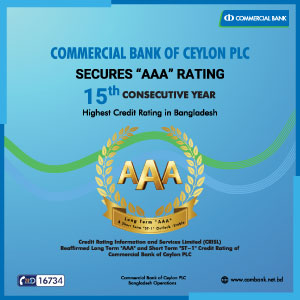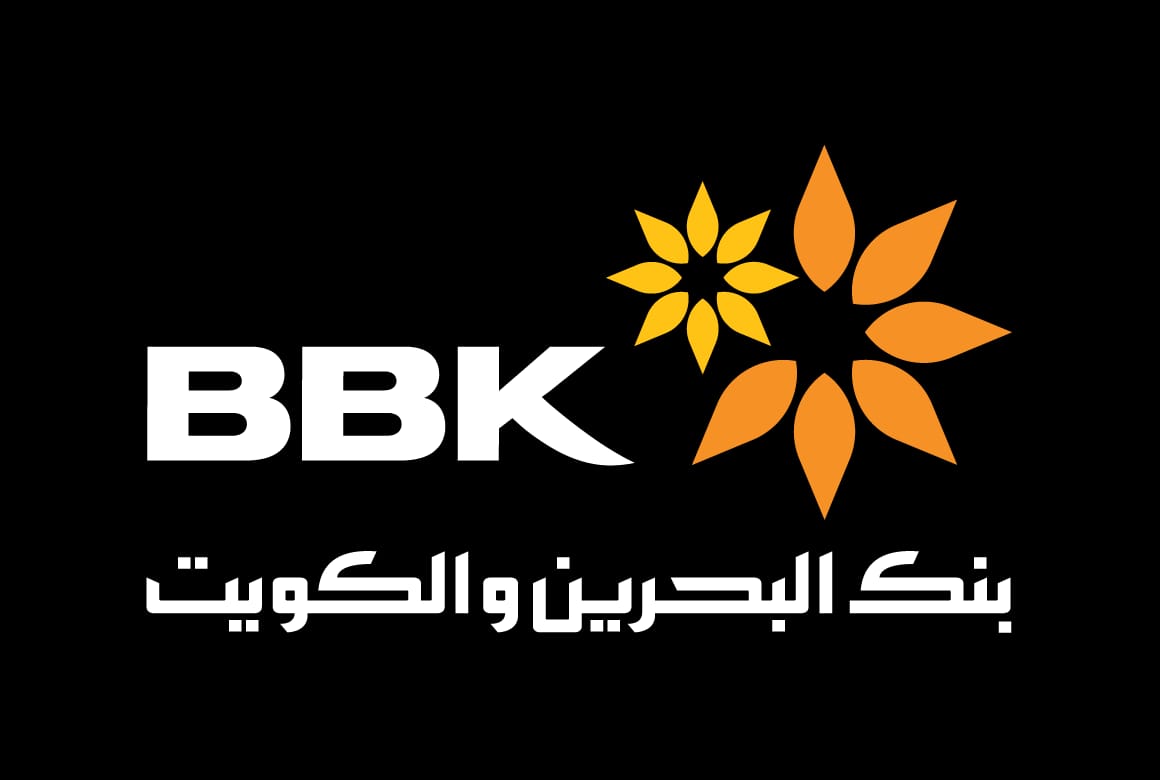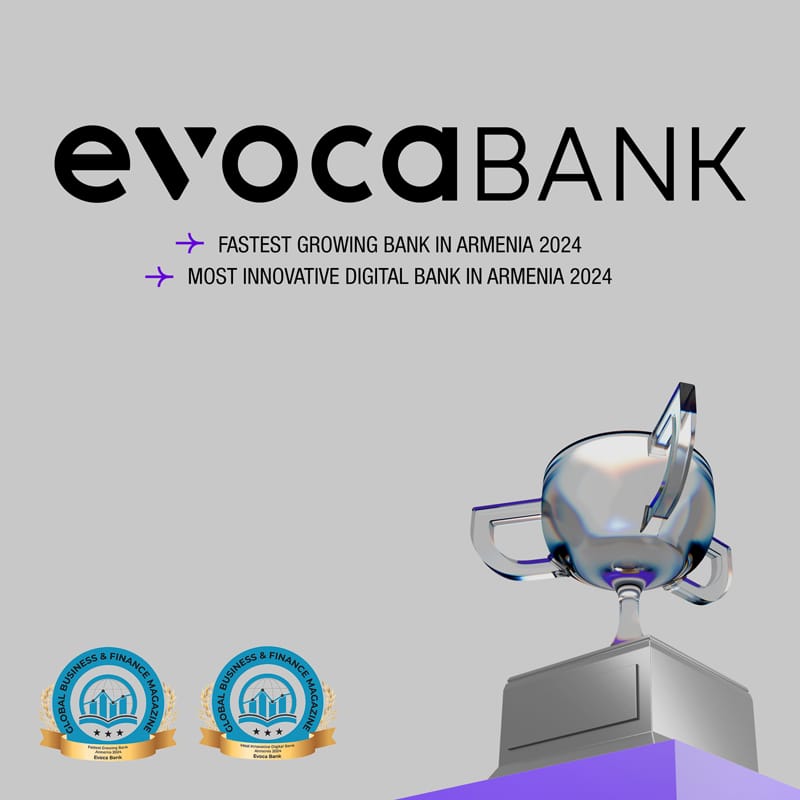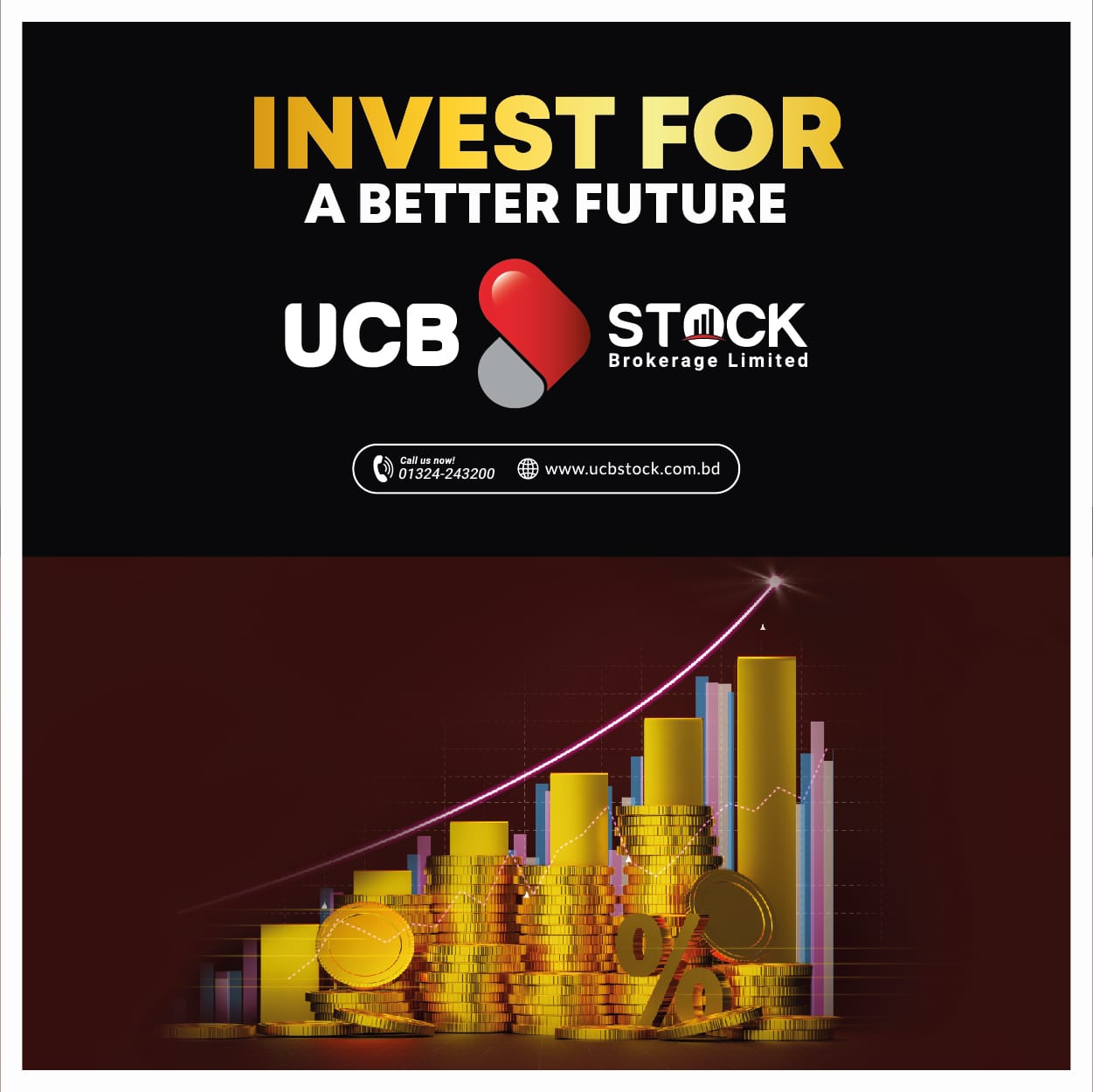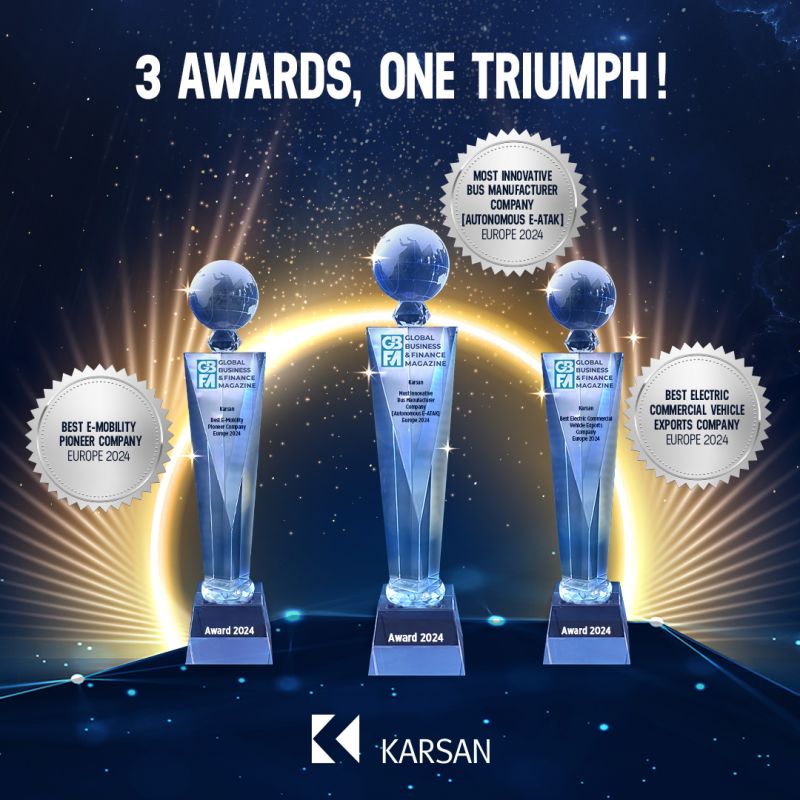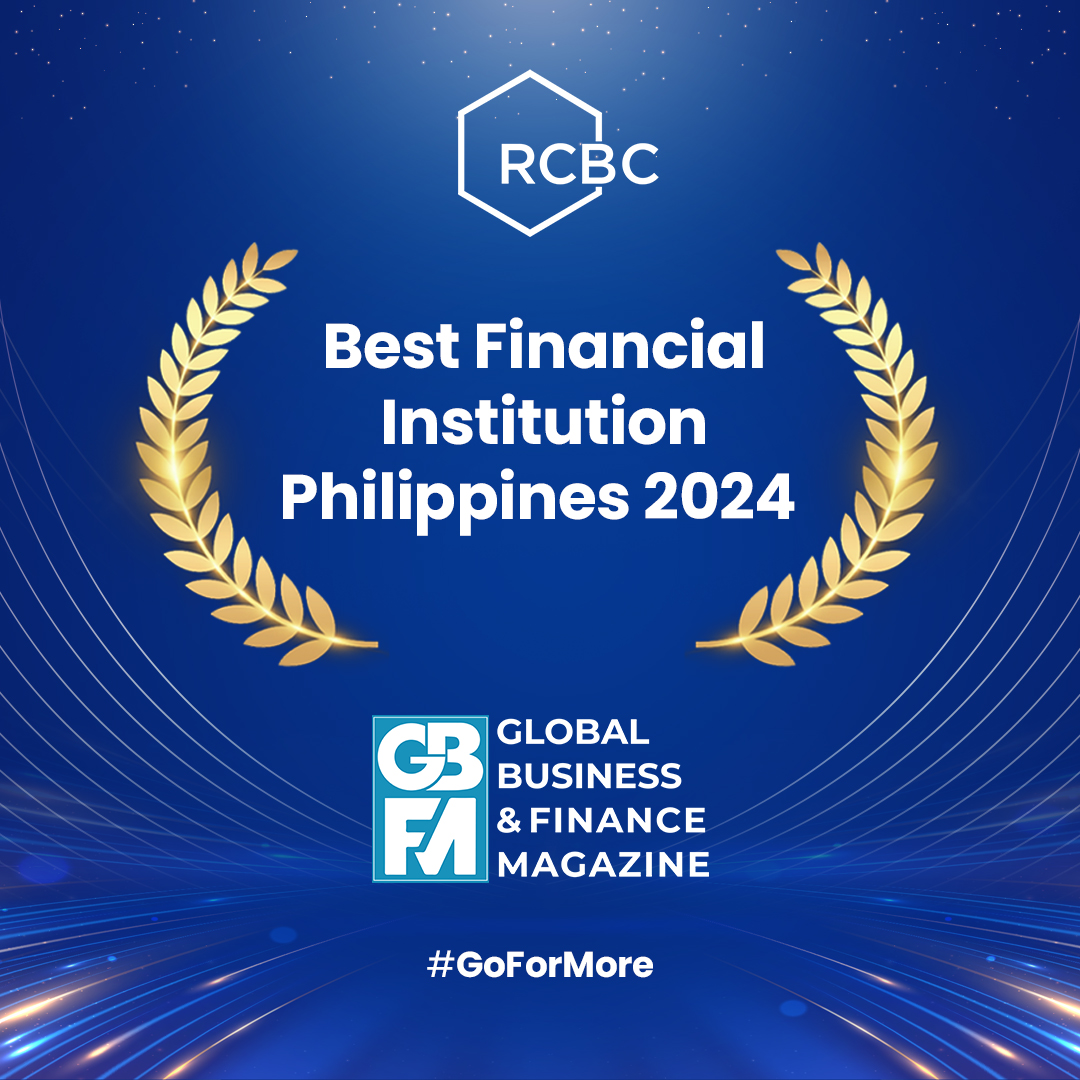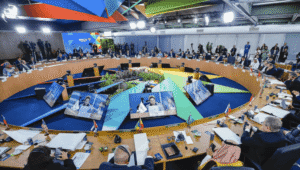The EU’s Blue Growth Strategy emphasises leadership in blue energy and progress in sectors such as aquaculture and blue biotechnology. However, challenges remain in accounting for marine ecosystem contributions and assessing the degree of inclusive blue growth. This column distinguishes between weak sustainability, which allows for trade-offs between dimensions of blue growth, and strong sustainability, which emphasises balance across dimensions. Obstacles to blue growth include insufficient economic growth in blue economy sectors and environmental problems like eutrophication. Future efforts should target such specific problems while supporting promising blue economy innovations.
The EU aims to achieve sustainable blue growth by balancing ocean health and the ‘blue economy’, in line with the EU Green Deal. This commitment is reflected in increased support and funding for the blue economy, which employs about 4 million people in the EU and accounts for 1.3 % of EU GDP (European Commission 2024a). The EU’s Blue Growth Strategy aims to keep the EU a world leader in blue energy, both offshore wind and ocean energy, and also to catch up in promising sectors such as blue biotechnology and aquaculture, where progress is slowed by stringent quality, health, and environmental standards (European Commission 2024b).
The contribution of coasts and oceans to wealth goes beyond the GDP figures, as healthy marine ecosystems greatly support the social wellbeing of present and future generations (Barbier 2023). This makes it challenging to develop comprehensive measures of progress and effective policy evaluation that account for the diverse blue contributions.
Conceptually, the use of shadow price estimates allows natural (marine) capital stocks to be included in a broader and thus more inclusive assessment of sustainable progress (Arrow et al. 2012). However, for several marine ecosystem services, even shadow prices are missing. For those with shadow prices, most notably marine carbon sequestration, the range is still very large. Rickels et al. (2024) estimate that the annual contribution to comprehensive investment resulting from the ocean carbon sink attributed to the EU ranges between $16 billion and $125 billion.
Moreover, such a shadow price-based valuation only allows us to assess development based on weak sustainability, which assumes perfect substitutability between different types of capital. However, various natural (marine) ecosystem services are considered essential for intergenerational wellbeing, raising concerns about the degree of substitutability of such services. More practically, how many additional jobs in the blue economy, such as those generated by extending a port area, would justify the loss of a seagrass meadow?
In a recent paper with Christoph Spenger, Lennard Kröger, Christopher Robin Fleet and Rudi Voss (Spenger et al. 2024), we systematically distinguish between weak and strong sustainability to assess how balanced EU coastal states in the Baltic, North, and Atlantic Seas are in achieving blue growth. We follow the Stiglitz-Sen-Fitoussi report on measuring economic performance, environmental conservation, and social progress (Stiglitz et al. 2009) and use an indicator framework to approximate the various dimensions of blue growth. Selecting indicators to assess blue growth, or the socio-environmental system in general, is a normative challenge as their inclusion or exclusion entails implicit weighting decisions. Accordingly, we use the Sustainable Development Goal (SDG) 14 (“Life below water”) framework as the guiding principle to select the indicators and derive corresponding targets (United Nations 2024).
We selected and collected data for 22 indicators covering the 10 targets of SDG 14, which cover pollution, acidification, sustainable fishing, conservation, economy, science and technology, and marine agreements. The indicators are normalised to obtain ratio-scale, fully comparable indicators (in a 0–100 range) that can be meaningfully aggregated at the target and goal levels (Ebert and Welsch 2004).
For aggregating this set of indicators, we distinguish between weak and strong sustainability using the generalised mean with varying substitution elasticity. As substitution elasticity increases, the generalised mean approaches the arithmetic mean, reflecting perfect substitutability and weak sustainability. At the other extreme, a substitution elasticity of zero reduces the generalised mean to the minimum function, reflecting no substitutability and strong sustainability. This approach reveals whether development aligns with balanced, long-term sustainability or relies on compensatory trade-offs.
The current status
Figure 1 shows the status rankings of 15 EU coastal states under both the weak and strong sustainability concepts. If there were no difference between the two concepts, countries would be ranked according to their score on the 45° line. However, countries above the 45° line perform better under weak sustainability, as they can offset poor performance in some blue growth dimensions with good performance in others. Conversely, countries below the 45° line perform better under a strong sustainability framework, as they are more balanced across the different dimensions of blue growth.
Figure 1 Country ranking under the two concepts of sustainability, 2022


Note: Error bars represent the standard deviation under the Monte Carlo simulation of average rank under strong sustainability.
For example, France ranks third under weak sustainability but only 11th under strong sustainability. This reflects an imbalance in its achievement of blue growth, holding the second-largest spread between the lowest and highest target scores of all the countries assessed. In contrast, with a more even distribution of target scores, Germany is ranked fifth under weak sustainability and third under strong sustainability. Under both concepts of sustainable development, Estonia ranks first.
Development over time
Figure 2 provides further insights by combining the latest status and progress made towards SDG 14 between 2012 and the most recent year. Progress is the average annual growth rate calculated by the slope of a log-linear regression of indicator scores against time. Status represents the score under weak sustainability. The dotted lines represent the Exclusive Economic Zone (EEZ)-weighted average for both dimensions.
Figure 2 Comparison of 2022 status (weak sustainability) and progress


Notes: Status and progress calculated by averaging the slope of the log-linear regression of indicator scores against time. The dashed horizontal and vertical lines are the EEZ-weighted average of the status and progress values, respectively.
Looking at the top right corner, it is clear that Estonia, Latvia, and Lithuania are making progress towards the SDG 14 targets. In particular, Estonia has the highest current status and the fastest progress over time due to strong improvements in marine pollution control – especially lower eutrophication levels – and higher plastic recycling rates. If we look only at development, all three countries achieve sustainable blue growth development under both sustainability concepts.
Among those catching up, Ireland has the highest average growth rate, thanks to a significant reduction in risky subsidies to the fishing industry from 2014 to 2018. The country has also relatively increased its coastal population employed in marine-related activities. Portugal is an interesting case of rapid progress, with the fifth-highest average growth rate. In particular, it has improved its marine governance and reduced its bycatch. However, Portugal is not making progress in reducing marine pollution and eutrophication and still has high levels of plastic-generation per capita.
Among the countries losing momentum, Germany is losing the most, with the second-largest negative trend just behind the Netherlands. In particular, Germany is lagging in gross value added (GVA) growth in the maritime transport and coastal tourism sectors, which account for 60% of its blue economy GVA. Accordingly, coming from a relatively balanced performance, Germany achieved sustainable development only under weak sustainability, but not strong sustainability.
The Netherlands is the worst performer, not achieving marine sustainable development under either concept. It increased subsidies that risk encouraging illegal, unreported, and unregulated fishing. The Netherlands also experienced a sharp decline in GVA per hour worked in the blue economy and increasing levels of eutrophication.
Concluding remarks
Our analysis does not answer the question of how many additional jobs would justify the loss of a seagrass meadow. Assessing such a question requires further region-specific information and stakeholder interaction. However, our approach reveals to what extent countries have an unbalanced blue growth strategy, resulting for example from neglecting important aspects of ocean health or the blue economy. Note that our approach differs from one that simply increases the weight of certain dimensions (e.g. biodiversity), which would dominate an aggregated index even if the underlying conditions were actually in good shape. However, social choice theory suggests that a somewhat balanced development across all aspects of blue growth is preferred, implying that in a situation with a good state of biodiversity, most citizens would accept a certain substitution of environmental quality for more jobs. This is reflected in our approach to aggregating indicators.
Our analysis shows that insufficient economic growth in blue economy sectors is the main obstacle to sustainable blue growth, both at the country and the EEZ-weighted aggregate levels. This reminds us that sustainable development is not only about protecting nature but that it also has economic and social components. Nevertheless, the second-largest obstacle is environmental: insufficient control of eutrophication. While improvements have been made in ecosystem-based management of marine areas, a focus on targeted actions – such as better manure management for livestock and optimising mineral fertiliser use to reduce ammonia emissions – would probably have delivered greater environmental benefits while avoiding regulations that hinder the growth of promising blue sectors like blue biotechnology and observation technologies. As an example, innovations of autonomous underwater and surface vehicles to monitor and protect critical infrastructure like pipelines or submarine cables have prospects to generate economic growth while providing environmental co-benefits through more targeted interventions.
Appropriate frameworks to develop such blue economy sectors require detailed insights like those provided by the EU Blue Economy Report 2024 (European Commission 2024a) or the BlueInvest Investor Report 2024 (European Commission 2024b). However, our analysis complements these analyses by identifying if regional initiatives, either to foster economic development or promote environmental protection, are at the expense of a more balanced development preferred by society.
Source : VOXeu

